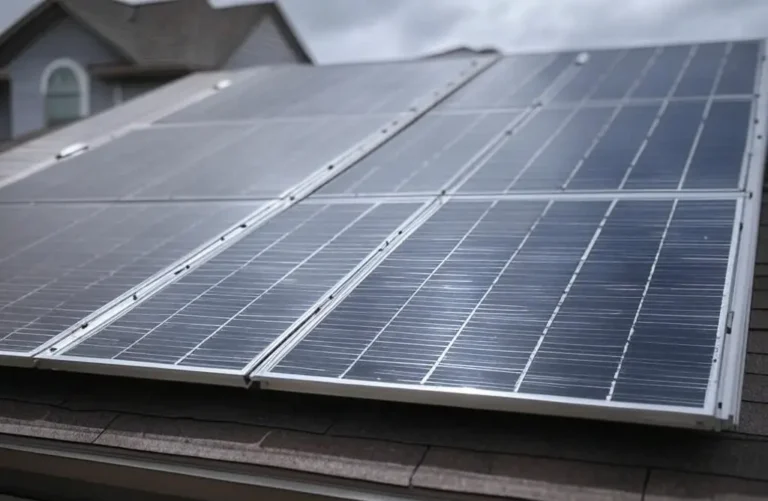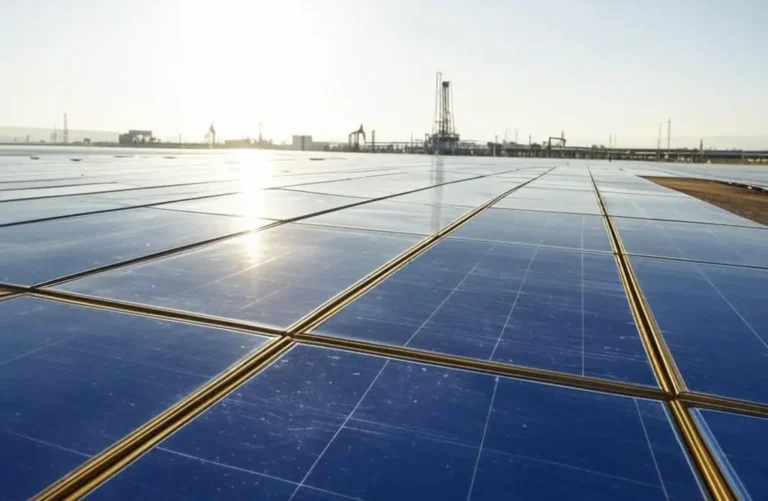Siemens Solar Telecom App 5: Solar-Powered Satellite Ground Stations
Siemens Solar introduces its Telecom Application 5, a robust solar-powered solution designed to energize satellite ground stations in remote and off-grid locations, ensuring reliable satellite communication for broadcasting, data transfer, and navigation services. Leveraging our advanced photovoltaic (PV) modules, such as the SR100 and SP75, this initiative provides a sustainable, fuel-free power source for ground stations critical to global connectivity. This article expands on the original Telecom App 5 page from our website, offering a detailed exploration of the technology, system design, installation process, benefits, and real-world applications, showcasing Siemens Solar’s expertise in powering advanced telecom infrastructure.
The Importance of Satellite Ground Stations
Satellite ground stations serve as the terrestrial link to orbiting satellites, handling vast data flows for TV broadcasting, GPS, and internet services. Many operate in remote areas where grid power is unavailable, relying on diesel generators costing $500-$1,000 per kW annually and emitting 2-4 tons of CO2 per kW, per industry estimates. Siemens Solar’s Telecom App 5 replaces these with solar energy, using SR100 modules to deliver consistent power, supporting over 1 million off-grid telecom sites globally by 2023, as noted by a1solar.co.uk.
Why Solar-Powered Ground Stations?
- Reliability: Ensures 24/7 satellite connectivity.
- Cost Savings: Saves $300-$600 yearly per kW versus diesel.
- Sustainability: Cuts emissions by 2-4 tons per kW annually.
- Remote Operation: Powers stations beyond grid reach.
Technology Overview
The system integrates SR100 (100W) or SP75 (75W) modules, PWM charge controllers, inverters, and battery storage, optimized for the high power demands of satellite ground stations.
System Components
| Component | Feature | Benefit |
|---|---|---|
| SR100/SP75 Modules | 15-16% efficiency | High power output |
| Charge Controller | 30A PWM | Protects battery longevity |
| Battery Storage | 20-40 kWh | Supports continuous operation |
A 3 kW SR100 array generates 4,200-4,800 kWh annually, powering a ground station with a 20 kWh battery for uninterrupted satellite uplink.
Installation Process
- Site Assessment: Evaluates sunlight and station power needs.
- Design: Customizes array and battery layout.
- Setup: Installs in 2-3 days with durable mounts.
Case Studies
South America Broadcast Station
A 3 kW SR100 system saves $900 yearly, powering a TV uplink.
Arctic Navigation Hub
Fifteen SP75 panels cut emissions by 3 tons annually for a GPS station.
Benefits
Saves $300-$600 per kW yearly, ensures reliable satellite communication, and reduces environmental impact.
Future Vision
Siemens Solar aims to advance ground station solutions with 26% efficient modules by 2030.



